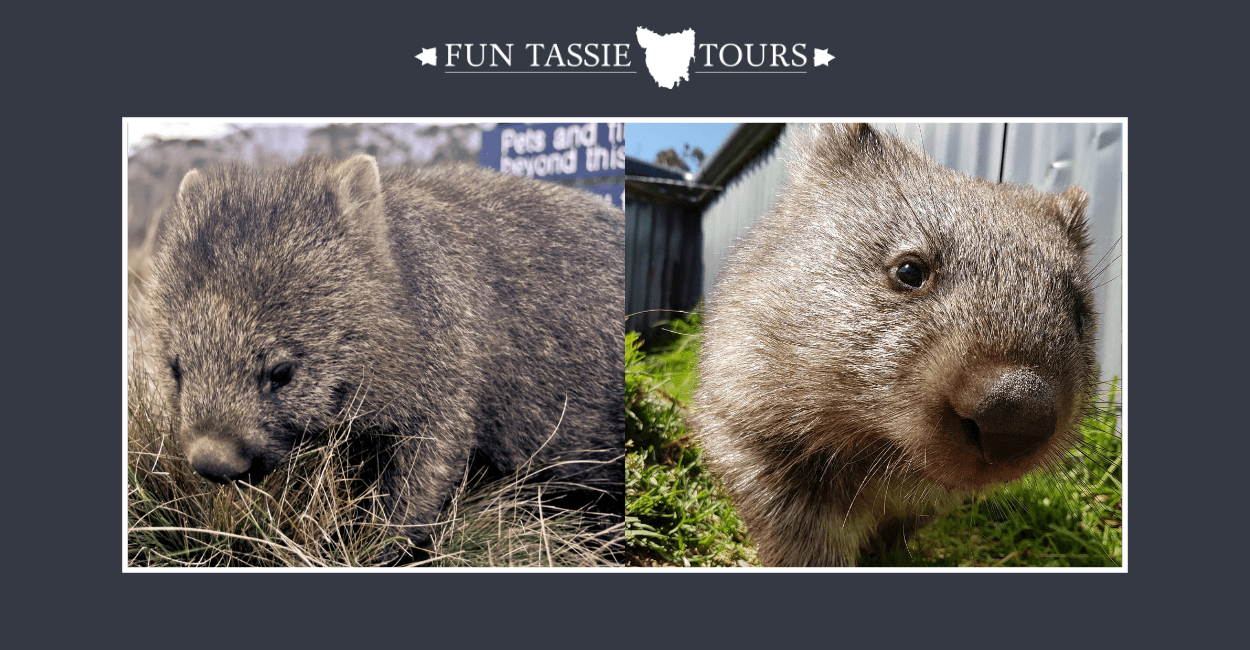Offer
Provide additional details about the offer you're running.

One of the highlights included in my tour stopping at Cradle Mt is the chance to see the wonderful wombats that reside there. These big cuddly/furry creatures are totally wild but have been raised around human visitors for generations and hold little fear of tourists. As part of my tour, after checking into our accommodation and before my great bbq banquet, we take a drive around before dark to see and enjoy the local wildlife. Wombats, wallabies, pademelons and possums. Being in a small group it is always possible to stop and views these wonderful creatures. It is sometimes possible to walk to within one to two metres of wombats busily consuming grass for their evening meal, not at all worried by onlookers. We usually some great closeup photos.
The Tasmanian Wombats are known as common wombats and are widespread from sea level to alpine regions. A fully grown adult male can be up to 35 kgs and about 1 metre in length, the average weight is around 25 – 30 kgs. Their diet consists entirely of plants, the bulk being native grasses but shrubs, roots and bark are also consumed. The wombats are mostly nocturnal and will forage for up to 8 hours overnight, but usually start grazing before dark allowing us the opportunity to see them.
Wombats are great burrowers and can dig burrows up to 20 metres and 2 metres below ground level, some with multiple connecting tunnels and entrances. They excavate a cavity or nest and line it with sticks, leaves and grass. As they are marsupial the female has a pouch to carry her baby in, this faces backwards to prevent dirt and soil from entering when she is at work tunnelling.
The wombat has a very thick fur and a heavy cartiledge plate on its rump that protects it from preditors, if threatened, it will go to any nearby burrow or hollow log and present its attacker with a near impenetrable rear end. The natural enemies are the Tasmanian Devil, Eagles and possibly a Quall could also threaten a young wombat. Before their extinction the Thylacine (Tasmanian Tiger) would have been the top preditor. The biggest threat to wombats these days is loss of habitat, dogs, disease and most of all cars. Even in national park areas where the speed limit is 40 kms per hour they sometimes still get killed. The biggest danger to all wildlife is roads at night, there are advisory speed signs all over Tasmania recommending 65kms per hour dust to dawn, and if all motorists adhered to these speed limits the roadkill would be significantly reduced.
We always see wombats and other native animals on our scheduled visit on Wednesdays to Natureworld, a wonderful and informative sanctuary, but it is something special to see them in the wild on our stopover at Cradle Mt on Thursday night.